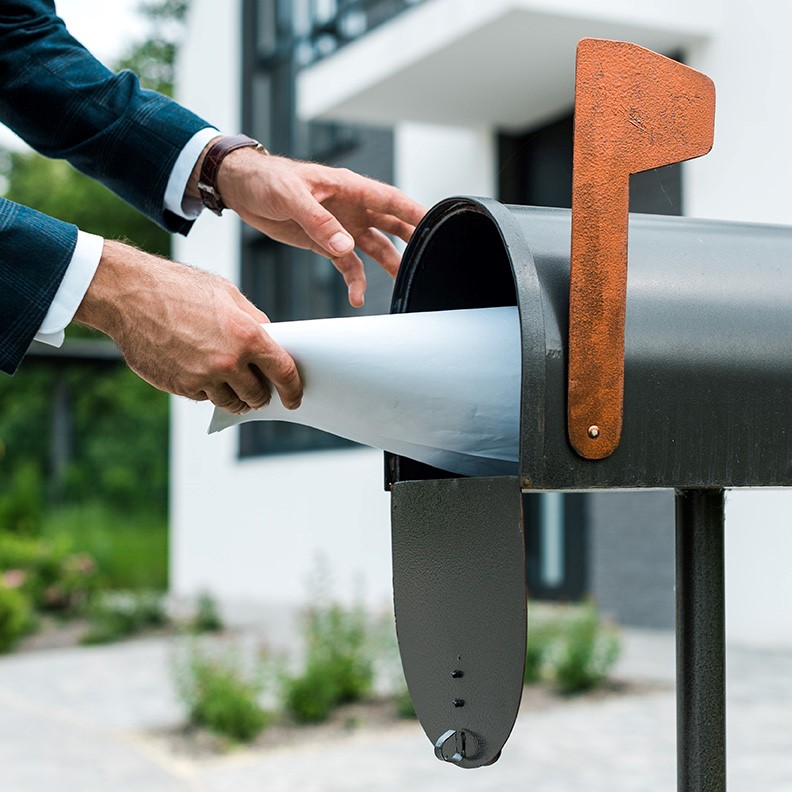Fraud has gotten more sophisticated in recent years, but scammers still frequently resort to old-fashioned tactics. A prime example is mail theft, which often leads to check fraud.
The typical approach for criminals is fairly straightforward: Look for mailboxes with raised flags that are ready for pickup, then steal whatever’s inside. In many cases, these mailboxes contain bill payments that are headed out the door. Mailboxes full of recently delivered mail can also be vulnerable targets. Once a thief has a personal check, they remove ink using household chemicals, then sign the check to themselves so they can cash the payment.
Businesses aren’t immune to check fraud, either. Roughly two-thirds of organizations said they were victimized in the past year, according to the 2023 AFP® Payments Fraud and Control Report1.
The U.S. Postal Inspection Service (USPIS) reported 38,500 incidents involving mail carrier robberies and mail theft in 20222, up from 33,000 cases in 2021 and 24,000 incidents two years earlier3. With mail theft on the rise and check fraud a common result, it has become increasingly important for consumers and businesses to take preventive measures.
How to protect against mail theft
The USPIS has a list of theft prevention tips4 that customers should review. This includes things such as promptly picking up mail, depositing outgoing mail close to pickup time and checking in promptly on expected deliveries that are late to arrive.
It’s also critical to never send cash in the mail. While criminals can and do alter stolen checks, it’s much easier for them to swipe an envelope with money. Sending checks or other more secure payments adds a layer of security that cash doesn’t provide.
Work with your financial institution to keep payments secure
If you suspect mail has been stolen, it’s important to report the incident5 to the USPIS as soon as possible.
It’s also important to work with your financial institution if you’re concerned about a check you wrote being subject to fraud. Make sure to request that the check is canceled and take any additional steps laid out by the bank. You can also ask your bank about more secure alternatives to checks for making personal payments. Businesses can explore different payment methods as well, such as an Integrated Payables solution that adds a layer of security.
If or when you do send a check in the mail, your best bet is to follow the safety tips from the USPIS to minimize your chances of being victimized by check fraud.
